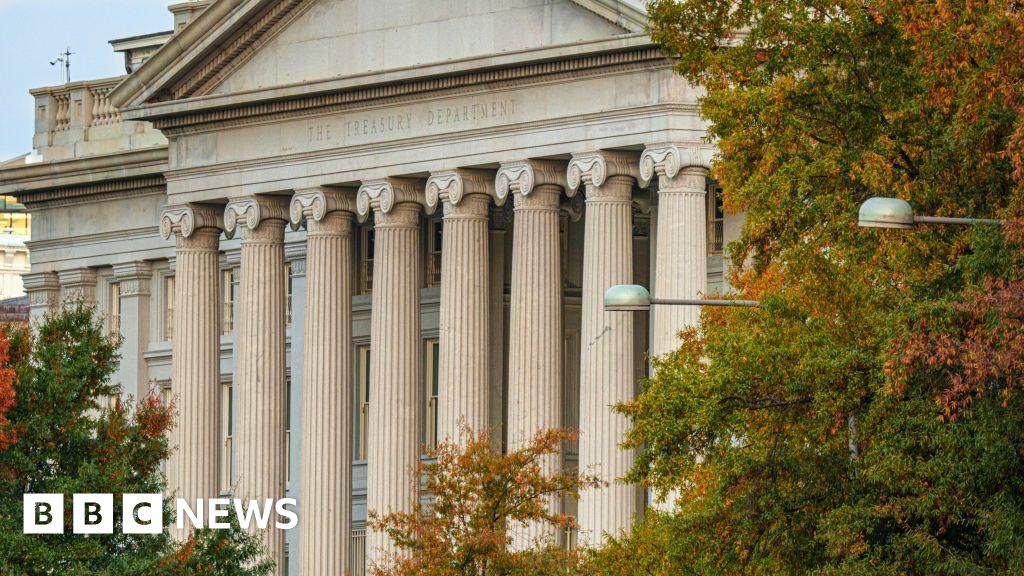CNA Staff, Sep 17, 2024 / 14:45 pm
Bishop James Conley of Lincoln, Nebraska, recently urged Catholics to think about how they could “walk with,” pray for, and share the Catholic faith with one person over the next year as part of the ongoing National Eucharistic Revival.
In a Sept. 13 column, Conley encouraged Catholics to learn about the resources provided by the U.S. bishops as part of the program “Walk with One,” which offers practical steps to help people share the Catholic faith with one person in their life at a time.
The “Walk with One” program is part of the current phase of the multiyear National Eucharistic Revival, the Year of Mission. The Eucharistic Revival, which began in 2021, aims to deepen and spread devotion to the Eucharist, the body and blood of Christ.
“Right now, there is someone in your life whom Jesus longs to call to himself. Who is that person? Who is that one person you know who would be much happier and content in life if he or she only knew and loved Jesus in the Eucharist?” Conley wrote.
“Obviously, not everyone is called to spread the Gospel in foreign lands, or even to go door-to-door in his or her own community. But I think the Lord is asking each of us to step out of our comfort zone and evangelize one-to-one. Who is that one person for you? Who is that one person you can see yourself walking with over the next six months, year, or more?”
Conley encouraged Catholics to go to the Eucharistic Revival website and download the “Simple Guide,” which includes four steps: “identify, intercede, connect, invite.”
The steps are as follows:
1) Identify: Prayerfully ask God, “Who is that one person you want me to walk with?”
2) Intercede: As soon as you discern who it is, pray like crazy for that person.
3) Connect: Look for ways to walk, hang out, get coffee with this person — and then listen to this person. Let that person tell you his or her joys, hopes, and struggles, and share yours, too.
4) Invite: Follow the promptings of the Holy Spirit and invite the person to something Catholic (adoration, Bible study, Mass, confession, a talk, to pray the rosary, to listen to a podcast, read a book, or watch a powerful movie, etc.). Then talk about it.
“If you’re already down that road ‘walking with one,’ and need the next step, most parishes are just starting up OCIA (Order of Christian Initiation for Adults) classes; invite that person to attend, and go with them. You can even attend without them, to better understand the faith yourself,” Conley encouraged.
Reflecting on the National Eucharistic Congress, the milestone Catholic event that attracted more than 50,000 people to Indianapolis in July, Conley said the “public display of faith, love, devotion, joy, and reverence” shown to Jesus in the Eucharist “will continue to bear fruit for decades to come.”
“We know that we have been given an amazing gift in the holy Eucharist. Do we allow ourselves to be amazed at such a wondrous gift? We all — myself included — need to pray for an increase in Eucharistic amazement,” the bishop wrote.
“Whenever we receive a truly awesome gift, we naturally want to share it with others. We want to tell others about the gift. We want them to enjoy the gift, too.”
Conley noted that in his homily for the conclusion of the National Eucharistic Congress in Indianapolis on July 21, Cardinal Luis Antonio Tagle preached that “the presence of Jesus in the Eucharist is a gift and the fulfillment of his mission.”
(Story continues below)
Subscribe to our daily newsletter
“The cardinal began his homily by saying, ‘Jesus is sent to be given by the Father to others, sent to be a gift. He is not sent just to wander around and enjoy himself. He is sent to be given.’ In other words, Jesus fulfills his mission from the Father to save the world from sin by giving his life on the cross, while, at the same time, he gives himself to the world in the holy Eucharist, so that he can remain with us on earth until the end of the world. But he remains with us, to be given away,” Conley wrote.
 (1).png)
 3 months ago
21
3 months ago
21














